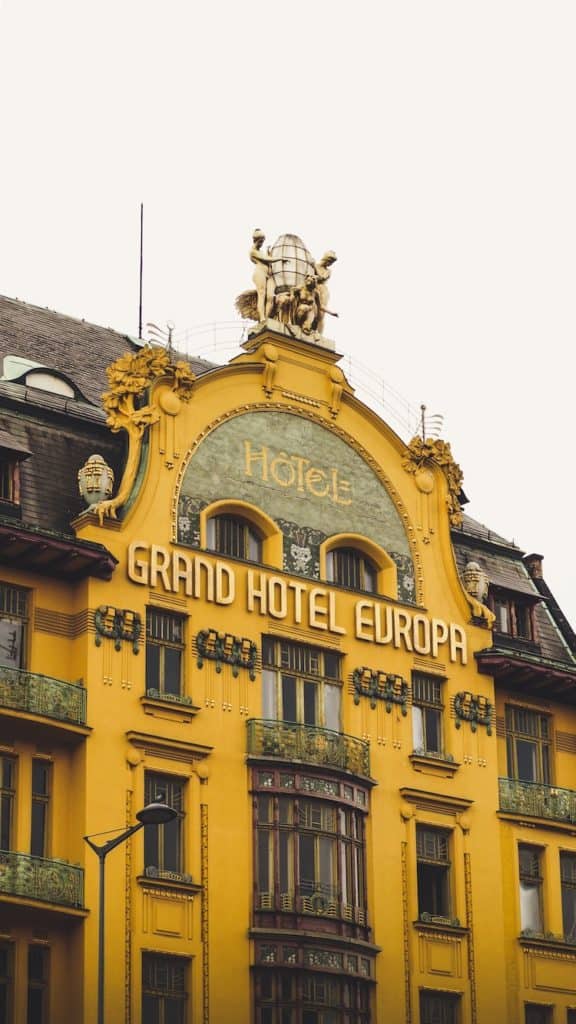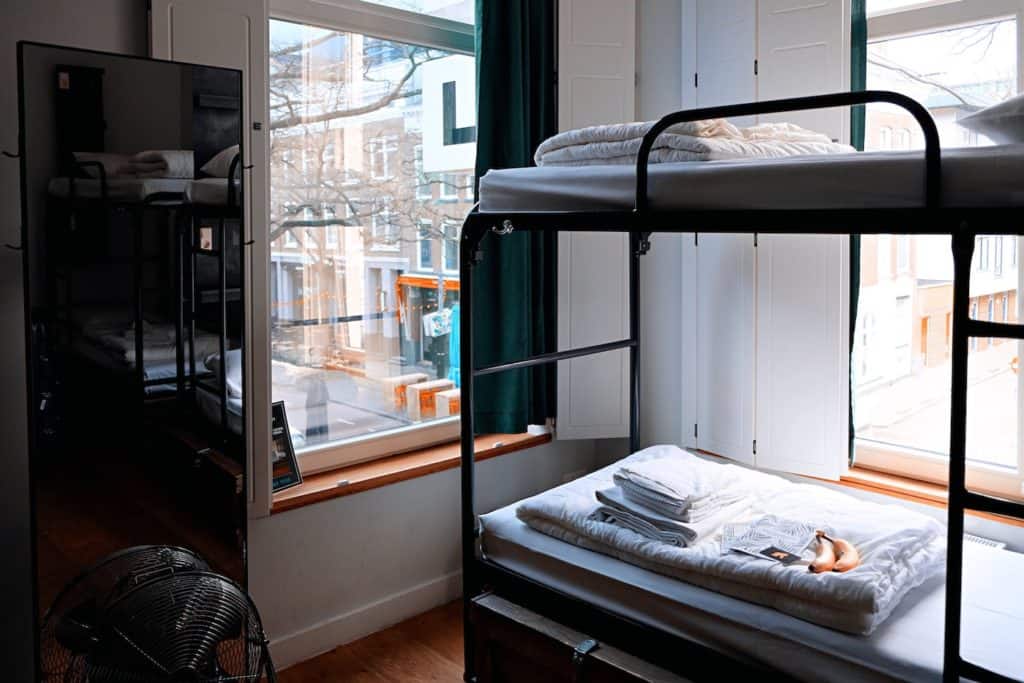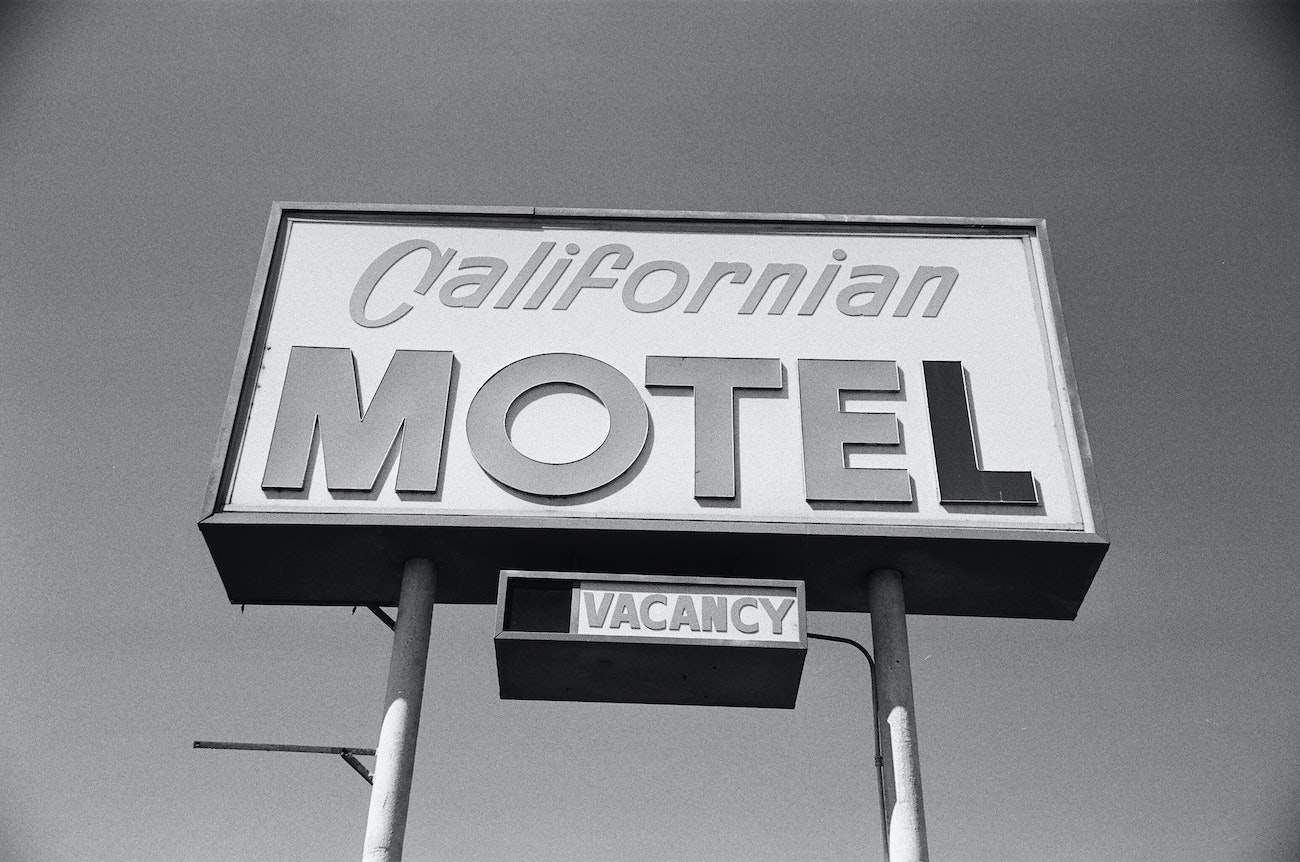ev·o·lu·tion
/ˌevəˈlo͞oSH(ə)n/
Noun: evolution; plural noun: evolutions
Definition: The process by which different kinds of living organisms are thought to have developed and diversified from earlier forms throughout history.
We’ve all heard this word before. Whether in biology class or via late-night nature documentaries, it’s weaved its way into our vocabulary. Though its roots began in the scientific domain, evolution can be applied to any other field or idea. And the lodging business is no exception.
Often, industries have to evolve to maintain a fresh image and attract clientele. Let’s consider this for a second. Think of your favorite brand—whether it’s related to clothing, food, or even a long-standing television program. Has its image been the same from when it started until now? The odds are, no. Due to customer feedback and a need to compete with other brands, industries must change themselves over time to adapt. Those who don’t risk being left behind.
Evolution of the Hotel & Lodging Industry
Roots and Early Stages
Alright, now back to the hospitality business. The concept of hospitality is what underscores the tourism industry. The word is derived from the French term, “hospice,” which translates to, “taking care of travelers.” Traveling is as old as the human race itself, as mankind has been traversing continents for tens of thousands of years.
Thus, the hospitality industry is one of the oldest industries in the world. Throughout history and across many of the world’s greatest religions and civilizations, travel has been a constant. One widely-revered nomad, the Buddha, traveled by foot for decades, receiving food and shelter from altruistic individuals he met along his journey. For several millennia, this is what the hospitality “industry” consisted of.

1700s-1800s
Inns first started popping up in the 1700s, which at the time, were merely roadside shelters where individuals could obtain food and rest. Those running the establishments also took care of guests’ horses, which were the most common means of long-distance travel at the time.
In the early 19th century, Inns were still the sole form of lodging available to tourists. However, the concept of lodging shifted from a place of rest to an all-inclusive element. A need for luxury seeped in, which led to the birth of the hotel. Across Europe and North America, hotels began to pop up. Most notable of these was the Tremont Hotel, which opened in Boston in 1829. It was the first hotel to offer indoor plumbing, bellboys, and even free soap.
20th Century
The beginning years of the 1900s were characterized by an expansion in emigration, due to the passenger ship. This made travel more accessible, and further accelerated the need for hotels to accommodate a growing number of travelers. The luxurious Waldorf Astoria opened its doors in New York during this time, as did many ski resorts throughout Switzerland.
The post-WWII consumer boom led to further developments in the hospitality sector. The average citizen was hungry for vacationing to highly-coveted destinations, bringing hotel-casinos into the scene. The 1950s also saw the birth of room service, as well as the practice of putting televisions in bedrooms. It was in the first half of the 20th century that names such as Hilton, Sheraton, and Hyatt established themselves as big components of the hospitality industry.
By the time the 1960s rolled around, the hotel, as it’s known today, really took shape. A wider array of services was offered, and rooms became more spacious, giving guests a true feeling of a “home away from home.” It was soon after this that those in the hotel sphere jumped at the opportunity to carve their businesses into specific niches, such as business hotels, airport hotels, etc. Investments in the hospitality industry grew during this time, too.

The Motel
Cars also became more popular during this era. And traveling from city to city could be accomplished with greater ease due to improved roadways. This meant even more room for leisure travel, and led to the birth of the motel. Motels—stemmed from the merging of “motor” and “hotel”—were 10×10 wooden cabins, in which travelers could stay overnight during their journey. These establishments were located next to the highway, and were favored due to their low prices and convenience. They quickly proliferated, popping up everywhere in the ensuing years.
21st Century
So, where has all of this brought us now? For starters, the hospitality industry has come full circle, with history repeating itself. Wheras the Inn was the original place for vagabonds and transients to take shelter, the Inn has returned in the present day. We here at the Turlock Inn are a prime example, as our aim is to fuse modern aspects of the hospitality industry while honoring where we came from. We hope to keep our customers rested and recharged, while offering modern amenities like cable TV and kitchen appliances.
When looking at the lodging domain as a whole, the evolution is evident. No longer do hotels, motels, and Inns have to meet consumers’ basic needs. They can soar far above them, often literally, as seen with properties like the Grand Hyatt Shanghai or the Burj Al Arab.
With business and leisure travel at an all-time high, people have a staggering amount of options to choose from. Furthermore, with a shift in different types of travel, there has been an expansion of the types of services available. Individuals now travel to become immersed in cultures, to experience expat life, or to challenge themselves.
Solo travel and backpacking have led to the advent of hostels, cheap bunk-style establishments that encourage mingling between guests. There’s also the ever-popular Airbnb, which allows individuals to rent out parts of their home or apartment, giving guests a homey feel with the chance to mix in with locals.

Takeaways
It’s clear that the lodging enterprise is here to stay. In 2018, the hotel industry contributed a whopping 8.81 trillion US dollars to the world economy. And it serves as a source of employment—either as a side-hustle or a decades-long career—for tens of millions globally. Its evolution from humble beginnings to where it stands now attests to hoteliers’ ability to innovate and listen to consumer needs. With all that’s happened in the past century alone, it will be interesting to see what trends and changes emerge next.
- Beyond the Stars: Understanding Hotel Star Ratings - November 27, 2023
- Turlock Inn: The Perfect Stay For Traveling Nurses - June 20, 2023
- How To Get the Best Travel Deals and Maximize Your Vacation - June 8, 2023






